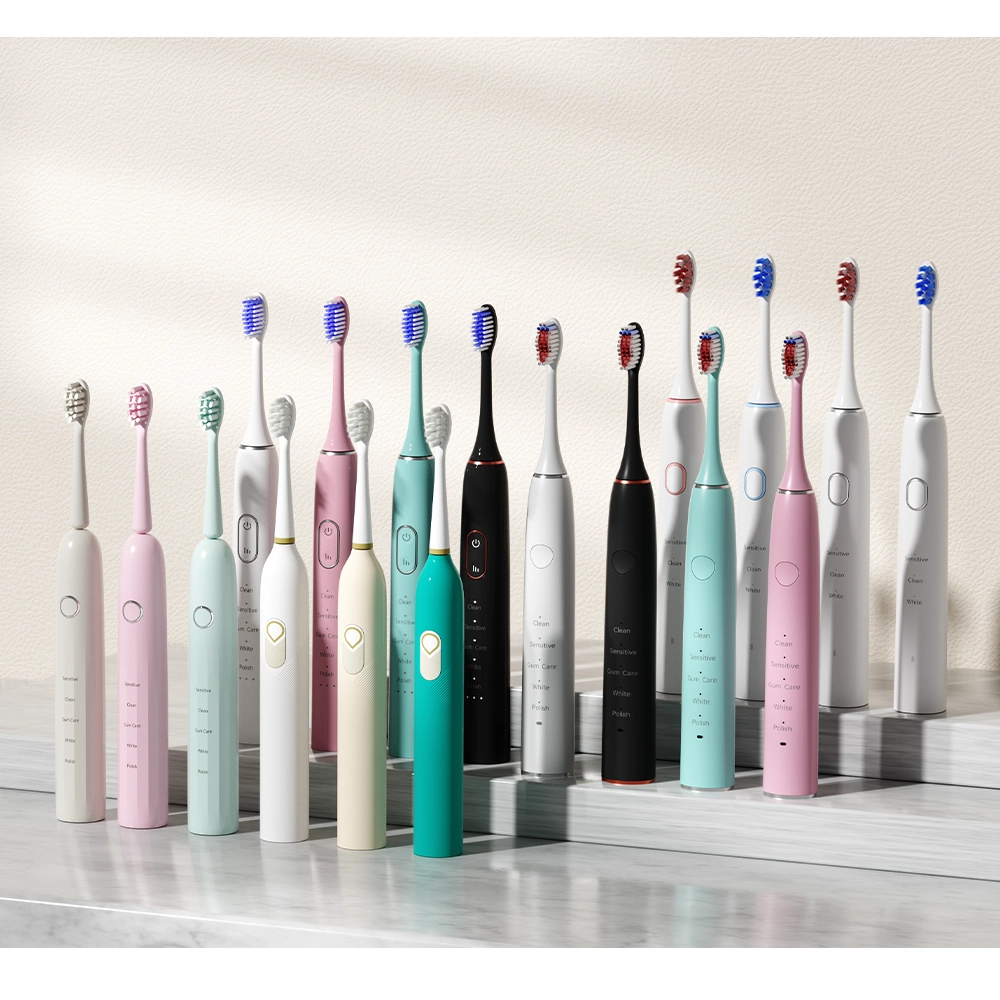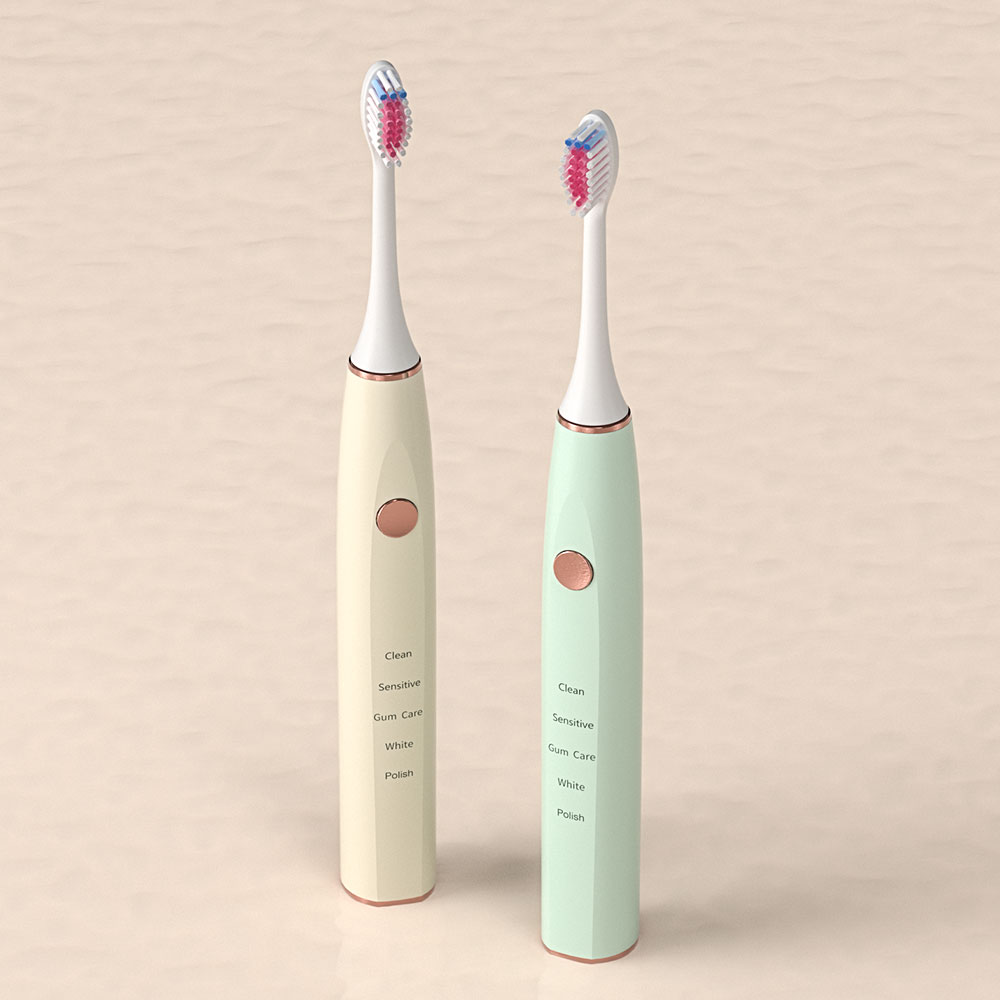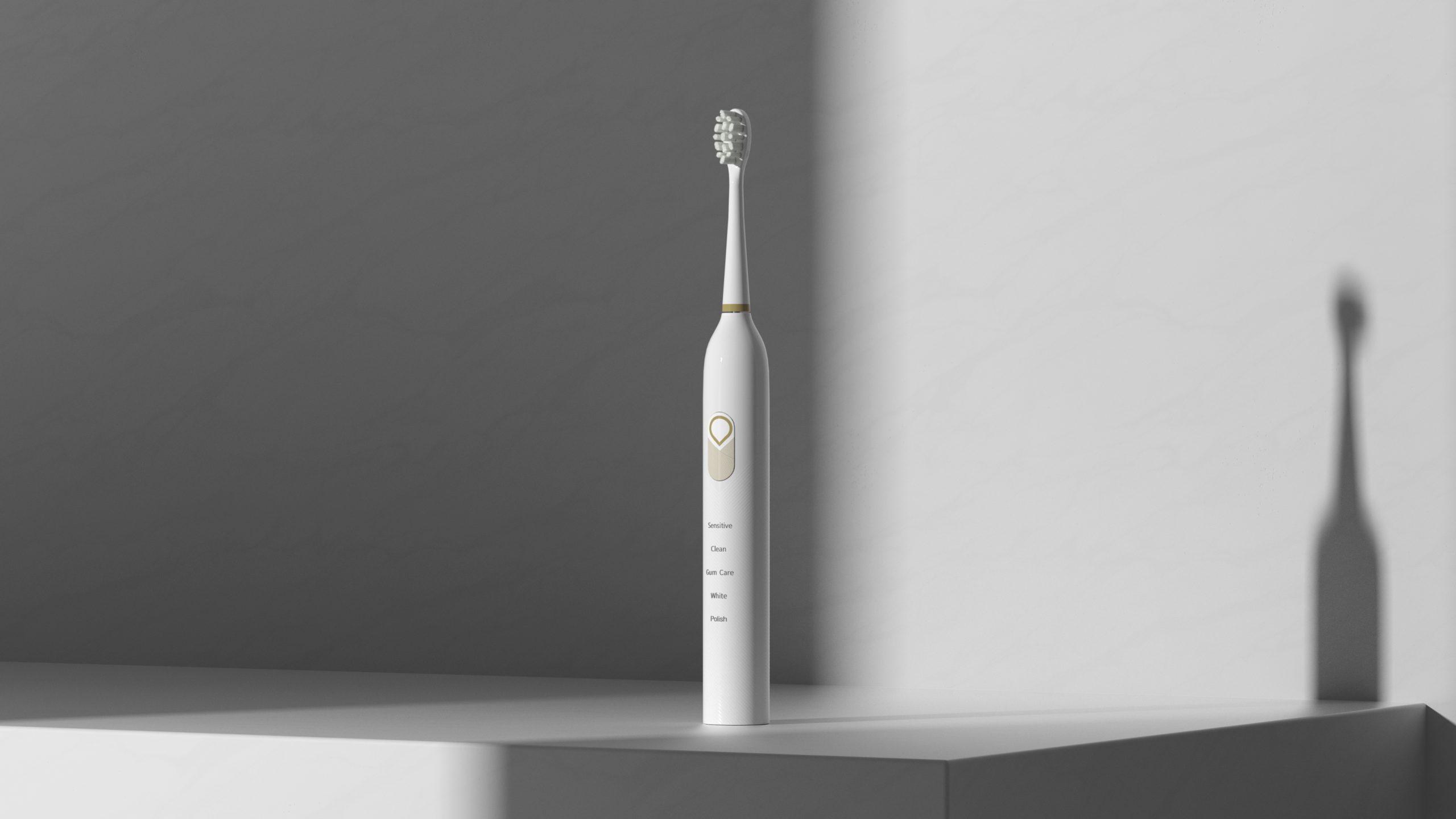In today’s fast-evolving personal care market, managing stock effectively is a major challenge for electric toothbrush distributors. With rising product diversity, seasonal demand fluctuations, and rapidly changing consumer preferences, how can distributors reduce inventory risk has become a critical component of a successful electric toothbrush distribution strategy. This blog outlines key approaches to effective inventory management, highlighting how distributors can optimize their operations, improve cash flow, and reduce procurement risks while meeting market demands.
Accurate forecasting is the first step toward reducing inventory risk. Distributors should utilize sales data, market trends, and seasonality to predict demand accurately.
Use historical sales data for trend analysis
Monitor emerging preferences (e.g. smart toothbrushes, sustainable materials)
Adjust stock levels dynamically based on demand signals
This data-driven approach allows distributors to align stock quantities with real-time market needs, reducing the chances of overstocking or understocking.
Keywords integrated: Inventory management, Electric toothbrush distribution strategy
The Just-in-Time model minimizes inventory holding costs by aligning procurement with actual demand. This strategy is particularly effective for high-value, fast-evolving products like electric toothbrushes.
Reduces warehouse costs and excess inventory
Lowers capital tied up in unsold goods
Enhances flexibility to respond to new product launches
When executed correctly, JIT can significantly reduce procurement risks associated with holding obsolete stock.
A responsive and transparent supply chain is vital. Collaborating closely with manufacturers can ensure faster lead times and lower minimum order quantities (MOQs), which helps distributors stay agile.
Build strong partnerships with trusted manufacturers
Negotiate flexible batch production and shipment terms
Share real-time sales and inventory data with suppliers
Reliable supplier support reduces the burden on distributors and mitigates risks related to inventory excess and slow-moving products.
Keywords integrated: Reduce procurement risks
Rather than stocking a wide variety of models, focus on the best-performing SKUs backed by data. Segment customers and offer targeted product bundles.
Track which SKUs deliver consistent performance
Bundle electric toothbrushes with accessories (e.g., brush heads, cases)
Avoid investing in unproven, low-turnover models
This approach balances customer choice with operational efficiency, lowering the risk of deadstock.
Investing in an advanced inventory management system gives distributors real-time visibility into stock levels, turnover rates, and potential shortages.
Set automated reordering thresholds
Monitor sales velocity and aging inventory
Integrate systems with sales platforms for demand syncing
Such systems help maintain optimal inventory levels and prevent stockouts or overstocking.
An effective electric toothbrush distribution strategy requires close coordination between inventory, marketing, and sales teams. Promotions and product launches should be timed with stock availability.
Launch targeted marketing campaigns for high-inventory SKUs
Use preorder models for new product launches to gauge demand
Offer limited-time bundles to clear excess stock
This ensures inventory moves in sync with demand and reduces holding risks.
For electric toothbrush distributors, efficient inventory management is essential to maintaining profitability and customer satisfaction. By forecasting accurately, adopting flexible supply models, improving supplier coordination, and leveraging digital systems, distributors reduce inventory risk and operate with greater confidence.
An optimized electric toothbrush distribution strategy not only minimizes losses but also positions your brand for sustainable growth in a competitive market.
Looking for a manufacturer who supports flexible MOQs, real-time restocking, and SKU customization? Contact us today to build a smarter, lower-risk distribution partnership. https://www.powsmart.com/

How to Establish a Stable Supply Chain for Oral Care Products? A Guide for Distributors

How a Gentle senior brush protects Sensitive elderly gums
Is Your Kids’ Electric Toothbrush Too Loud?
Can Chemical Burns from Whitening Kits Cause Crown Discoloration?
Why Do App Connectivity Loss and Battery Swelling Coexist?
Is Adaptor Compatibility Limited by Grip Ergonomics Flaws?
Why Is Allergen Testing Critical for Post-Whitening Diets?
.jpg)
Bluetooth-Enabled Electric Toothbrushes: Customization & Bulk Order Guide

Do At-Home Light Therapy Teeth Whiteners Really Work?

Explaining the Teeth Whitening Device and How to Use It
Can Electric Toothbrush Vibration Malfunction Cause Gum Recession? Shocking Truth!
.jpg)
Gentle Oral Care Products for Sensitive Gums: A Guide for Brands Seeking the Right Manufacturer

How much does it cost to manufacture a toothbrush?

Key Points of Electric Toothbrush Precision Injection Molding: How to Avoid Shrinkage Marks and Flash?
.jpg)
Is a Holi toothbrush pack the right festive answer for Family care toothbrush needs?
.jpg)
How Can a Travel-Friendly Water Flosser Open Up the Young Market Through Portable Size + IP Collaboration?

electric toothbrush heads Regular Clean

electric toothbrush heads Charcoal Infuse-Round

Customization Teeth Whitening Gel

electric toothbrush heads Deep Clean

Electric toothbrush heads Charcoal Infused-Diamond

electric toothbrush heads Ultra Soft
.jpg)
Florida Electric Toothbrush – Powsmart PTR-C8

Private Label Whitening Gel
whstapp
whstapp
National Toll-Free Service Hotline
+86 755 86238638